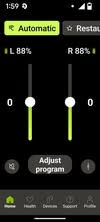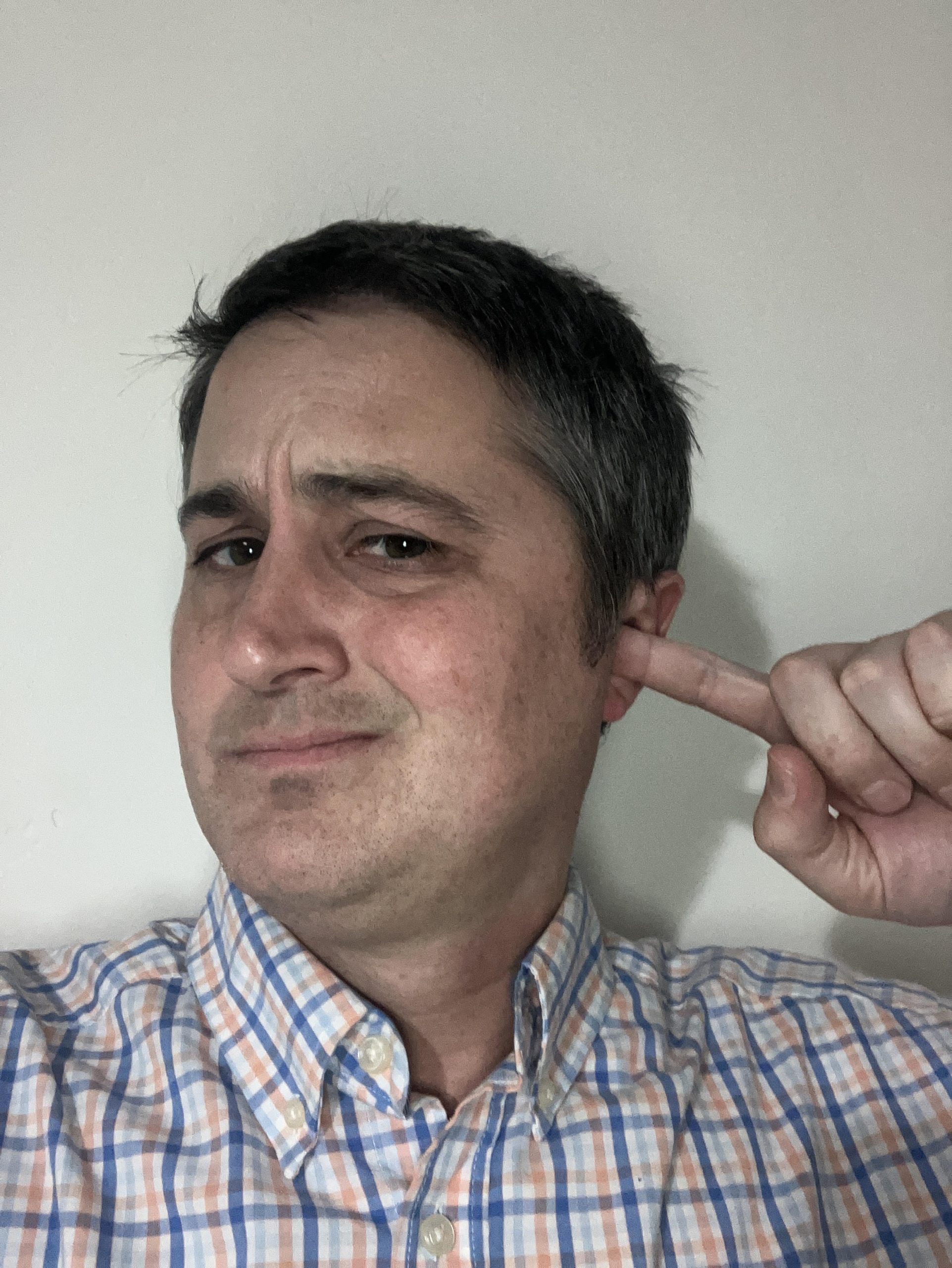One of the most common complaints from hearing aid users who switch to custom ear molds or closed domes is that their own voice sounds too loud or “boomy.” This sensation, known as the occlusion effect, occurs when the ear canal is sealed off, trapping vibrations from the speaker’s own voice. While this effect can be frustrating at first, there are effective ways to reduce or adapt to it over time.
Why Does the Occlusion Effect Happen?
Custom molds and larger domes improve sound delivery, especially for those with moderate to severe hearing loss. However, this snug fit can cause low-frequency sound waves—like those from your own voice—to resonate inside the ear canal. This makes your voice sound louder or more echo-like, especially during speech or chewing.
How to Minimize the Occlusion Effect
Although many users gradually adapt to the sensation, others may require specific adjustments to improve comfort and speech naturalness. Below are several strategies to help manage the occlusion effect:
1. Give It Time
The brain often needs a few weeks to adapt to the new sound experience. If the hearing aids are worn consistently, most users find that the sensation becomes less noticeable. Learn more about how your brain adjusts to hearing aids.
2. Vent Size Modifications
Your audiologist can modify the vent size in your custom mold to allow more sound to escape. Increasing the vent size can significantly reduce occlusion, although it may slightly reduce the effectiveness of low-frequency amplification.
3. Programming Adjustments
Hearing aids can be fine-tuned to reduce low-frequency amplification, which often helps with the perception of one’s own voice. This must be done carefully to avoid reducing clarity in speech understanding.
4. Try a Different Dome
If you’re using domes instead of molds, switching to a more open dome style can reduce the occlusion effect. A dome that’s too tight may amplify the problem. Find tips on choosing the right dome size.
5. Use the Hearing Aid App

Many modern hearing aids offer smartphone apps—like the myPhonak or Oticon ON apps—that allow real-time volume and tone adjustments. Users can make small changes to bass levels or volume over time to improve comfort as they adjust.
6. Behavioral Adjustments
Some individuals unconsciously speak louder because their voice sounds muffled or altered. Practicing mindful speech and monitoring vocal volume can reduce discomfort and help train the brain to interpret the new sound more naturally.
7. Schedule a Follow-Up Visit
If the issue persists, follow up with your audiologist. Come prepared with examples of when the occlusion is most noticeable (e.g., while eating, talking in quiet rooms). These details can help your provider make targeted adjustments.
Final Thoughts
Experiencing a boomy or overly loud voice after switching to custom molds is a common part of hearing aid adjustment. The good news is that this issue often fades over time—or can be resolved through venting, programming, or dome changes. By staying in close communication with your audiologist and using available tools like smartphone apps, you can ensure a comfortable and effective hearing experience.
This post contains affiliate links.

